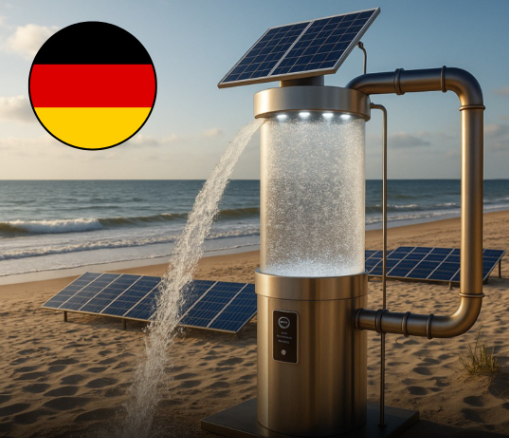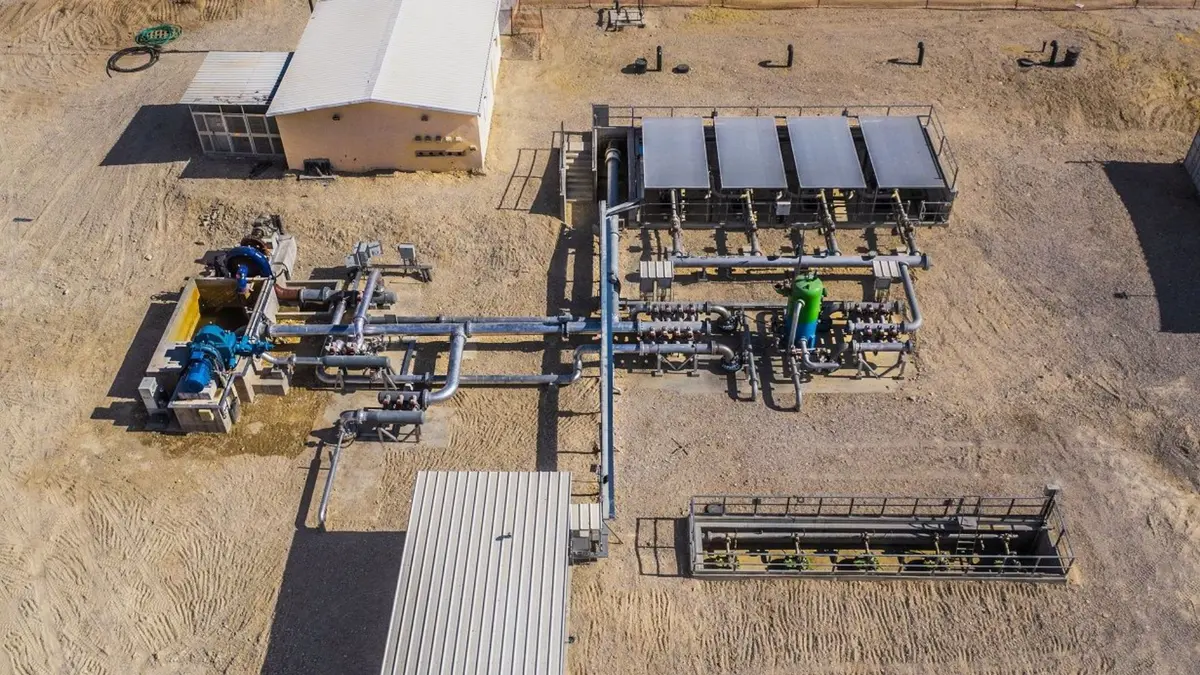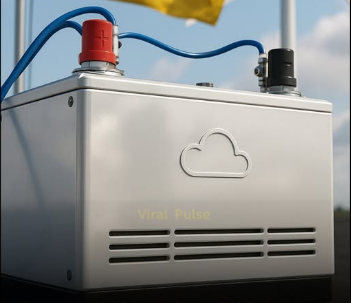The Future of Clean Energy: Germany’s Salt-Air-Water Battery Revolution

Germany’s latest breakthrough could fundamentally rewrite the rules of the global energy storage industry. Instead of relying on scarce and expensive lithium, this new battery technology leverages the planet’s most abundant materials: salt, air, and water (specifically, sodium-iron-air chemistry).
The shift to these abundant, readily available resources completely sidesteps the massive environmental and financial costs associated with mining lithium and cobalt. These new batteries can be manufactured for up to 40% less than conventional lithium-ion cells, paving the way for truly affordable and large-scale clean energy adoption.
Unmatched Safety and Superior Lifespan

Unlike conventional lithium-ion cells, this technology offers significant advantages in both safety and durability:
Fireproof and Non-Toxic: They are inherently fireproof and non-toxic, eliminating the risk of thermal runaway fires that are a major concern with lithium-ion setups.
Eco-Friendly Materials: The batteries are fully recyclable and are built using locally sourced materials, ensuring a stable supply chain and drastically reducing the ecological footprint.
30-Year Lifespan: What truly sets the sodium-iron-air technology apart is its longevity—it can last up to 30 years with virtually no performance degradation. This is a huge leap compared to the 10-15 year life of standard lithium batteries, making them ideal for long-duration energy storage applications.
The Clever Mechanism: Powering Up with Rust and Air

The secret to this game-changing system lies in its ingenious operating mechanism and a specialized ceramic membrane.
Oxygen Intake: The system works by utilizing oxygen from the surrounding air—it literally “breathes” to generate power.
Core Reaction: Oxygen reacts with iron and saltwater to create electricity.
Storage via Rust: During the charging process, the battery splits water molecules, storing energy in the form of oxidized iron (rust). When discharging, oxygen recombines with the iron, generating an energy loop powered by iron, salt, and air—three of the most abundant resources on Earth.
Protection: A specialized micro-porous ceramic membrane allows oxygen to enter while blocking corrosive elements, which significantly extends the battery’s lifespan.
Grid-Scale Application and Global Impact

Due to their bulkiness, these sodium-iron-air batteries aren’t designed for portable electronics like smartphones. Instead, they are the perfect solution for grid-scale energy storage.
Wind and solar farms, which struggle to store excess energy when the weather is intermittent, stand to benefit most. The technology can store energy for days, weeks, or even months, effectively solving the intermittency challenge of renewables.
This innovation has the potential to reduce dependence on lithium imports by 40% and mitigate global supply chain vulnerabilities. Germany has already begun pilot testing in Bavaria, demonstrating the practicality of the solution even during prolonged periods of low wind and solar output. It could finally make clean energy both affordable and sustainable for future generations.











